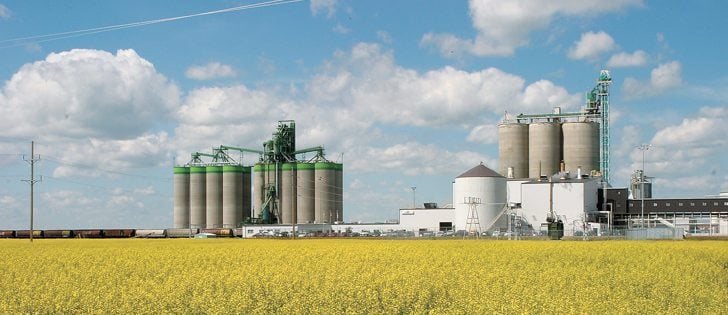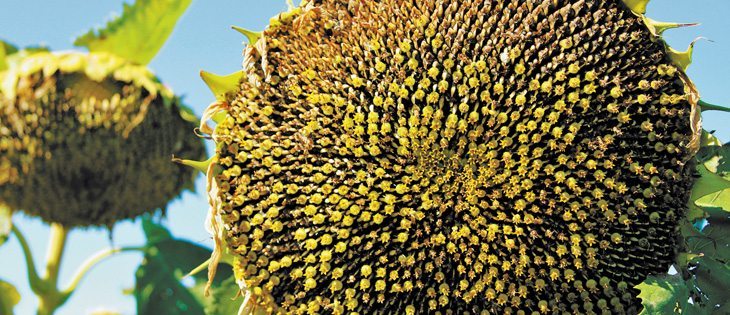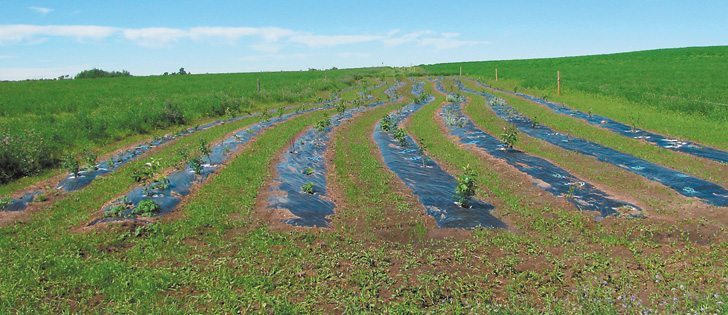Crop Production Week | Lack of rain has taken a toll on India’s pulse crop and drought in Mexico will slash chickpea production
Pea stocks will be next to nothing at the end of this crop year, which means acreage will likely rise, say pulse market analysts.
Mike Jubinville, an analyst with Pro Farmer Canada, is forecasting 200,000 tonnes of carryout, while Colin Topham, director with Agrocorp International, thinks it could be as low as 50,000 tonnes.
Topham said that would encourage growers to plant as much as 3.8 million acres of peas, up from the 2.3 million acres seeded last spring.
“There’s nowhere for acres to go but up,” he told a meeting held during Pulse Days 2012 in Saskatoon last week.
Read Also

U.S. softens fees on Chinese shipping
The U.S. starts charging new fees on Chinese ships on Oct. 14. What are the ramifications for their ag exports?
That is why Jubinville scoffs at today’s new crop bids in the $6.75 per bushel range.
“I think the trade is being extraordinarily cautious about how they’re approaching new crop right now. Maybe it’s a bit of a fishing exercise,” he said.
Jubinville used a slightly higher price of $7.25 per bu. to compare pea returns with other crops, but it still ranks no better than the middle of the pack.
“There is some work that needs to be done by the marketplace to attract the interest of growers,” he said.
“My opinion right now is to exercise some patience.”
Topham has penciled in 1.1 million tonnes of exports to India and 250,000 tonnes to Bangladesh in 2011-12, but those totals may not be achieved. Sales have stalled, mainly because of currency devaluation in those countries.
China’s currency has remained strong compared to the U.S. dollar, and the 550,000 tonnes he expects to go to that country could easily end up being 750,000 tonnes.
“They’ve been buying what they believe will be the cheapest peas of the year,” he said.
Topham believes total exports and domestic use will amount to 2.35 million tonnes out of total beginning supplies of 2.4 million tonnes.
However, he is worried that only 100,000 tonnes of peas have been contracted since September.
“(It) is a little bit scary,” he said.
Jubinville said another bearish factor is that many in the trade are beginning to feel that Statistics Canada underestimated pea production, which could result in more carryout than what was originally expected.
The bullish news is that he believes India’s pulse acres will be down five percent instead of the 1.2 percent that the Indian government is reporting because of poor rainfall since the beginning of October.
He is forecasting 16.25 million tonnes of Indian pulse production, down from the 18.25 million tonnes produced last year, which could strengthen pea prices.
India’s crop received much-needed rain two weeks ago, so conditions are not dire yet, but pea markets will be closely following its progress.
“If it turns into a serious condition in India, well, the upside may start to really open up,” he said.
Green peas are selling at a 50 cent premium to yellow peas, which isn’t much considering growers need to make a No. 2 or better quality to achieve that premium.
“We’ll see a further reduction in green pea acres next year again,” said Topham.
Vicki Dutton of Western Grain and Processing Division encouraged growers not to abandon green peas. She said a 50 cent premium can add up, and there are still good markets for bleached product.
On chickpeas, Jubinville said Mexico, which is a significant producer of large kabulis, is experiencing its worst drought in 70 years. Topham said there is speculation that India’s desi chickpea crop is going to be short.
Both scenarios bode well for chickpea prices.

















